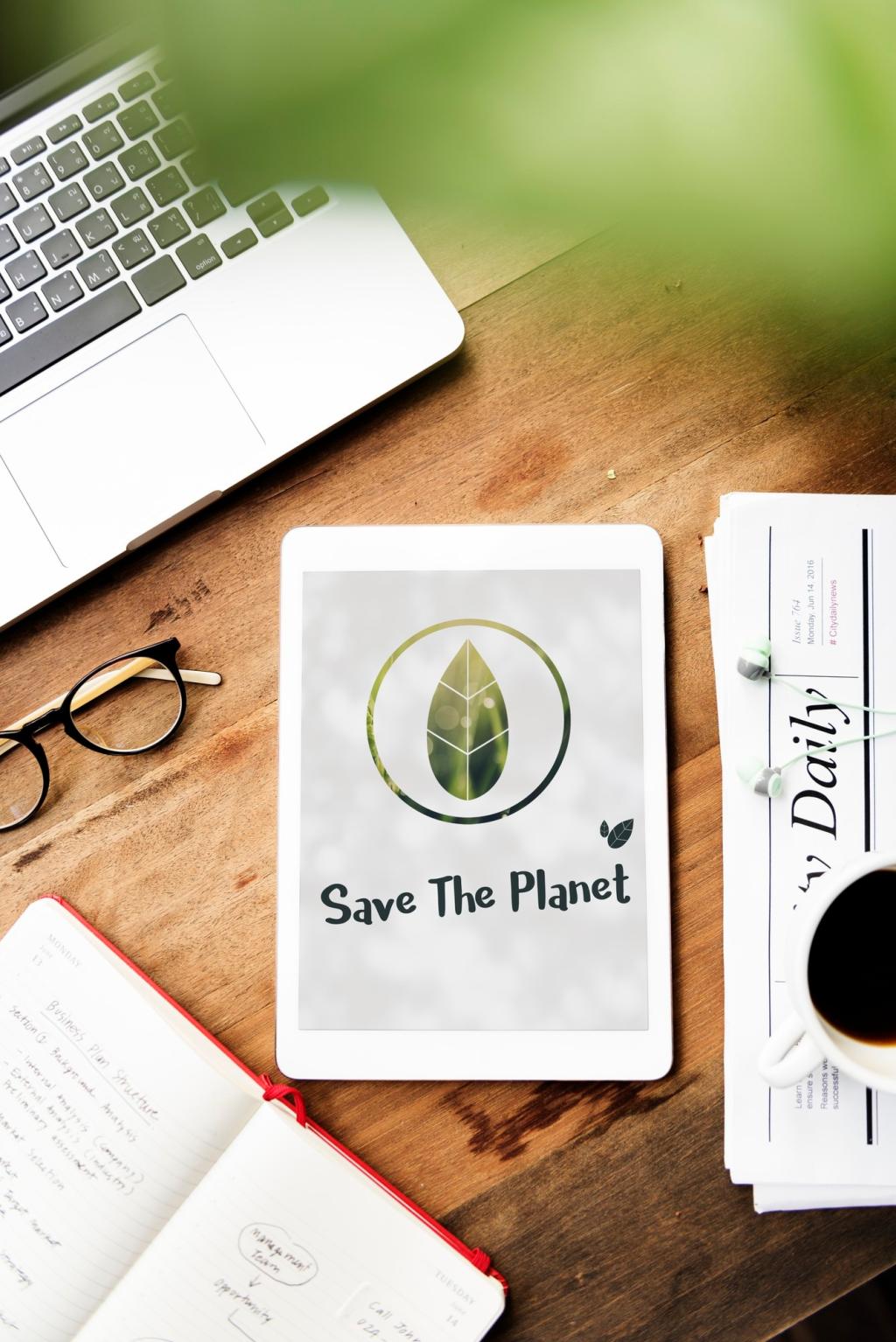Sustainable Storytelling: Engaging Your Audience through Eco-Centric Copywriting
Why Sustainable Storytelling Matters Now
From Awareness to Action
Sustainable storytelling bridges the gap between good intentions and real behavior change by showing why choices matter, how impact is measured, and what simple next steps look like. Share how you moved from curiosity to commitment, and invite readers to discuss their journey.
Trust Built on Transparency
Audiences sense authenticity when brands reveal the messy middle: goals, baselines, and setbacks. Clear language around materials, energy, and suppliers turns skepticism into curiosity. Ask readers what information increases their trust, and encourage them to subscribe for deep-dive breakdowns.
Meaning That Outlasts Trends
Eco-centric copywriting anchors stories in enduring values—care, stewardship, fairness—making campaigns relevant beyond seasonal noise. Invite your audience to comment with causes they care about most, and promise follow-ups that explore those priorities with data and heart.
Finding an Authentic Eco-Centric Voice
Plain Language Over Jargon
Replace buzzwords with clear explanations. Instead of saying circularity, explain how products are designed to be repaired, reused, or remade. Ask readers to share terms that confuse them, and compile a subscriber-only glossary that makes sustainability approachable and useful.
Empathy First, Shame Never
People protect what they feel connected to, not what they are scolded for. Use inclusive phrases like let’s try or together we can, and invite comments about small changes that felt surprisingly doable. Celebrate progress, and encourage readers to set gentle goals together.
Specifics that Signal Care
Concrete details show intention: recycled content percentages, repair programs, or supplier audits. A neighborhood café once shared weekly cup-return rates on a chalkboard, and participation climbed. Encourage readers to submit their favorite examples, and subscribe to see a monthly roundup of great tactics.
Narrative Frameworks for Eco Impact
The Before–After–Bridge
Paint a relatable problem, reveal a better state, and show the bridge to get there. Example: overflowing packaging bins (before), reusable delivery totes (after), deposit-return logistics (bridge). Ask readers which bridge steps feel hardest, and promise a follow-up guide addressing them.
Community Hero’s Journey
Recast the hero as a community facing a shared challenge, supported by guides—workers, customers, or suppliers. Spotlight small, repeatable wins that compound over time. Invite readers to nominate unsung local heroes, then subscribe to see their stories featured in future posts.
Data-to-Decision Storyline
Start with a surprising metric, reveal what it means for people and places, and close with one clear decision. Numbers become memorable when linked to daily life. Encourage comments about which metrics motivate action, and offer a subscriber toolkit for visualizing impact clearly.

Turning Proof into Persuasion
Summarize methodologies in human terms: scope boundaries, baselines, and updates. Explain what you know, what you’re testing, and what remains uncertain. Invite readers to ask tough questions, and commit to answering them in a recurring subscriber Q&A series focused on transparency.
Email that Nudges, Not Nags
Craft sequences that acknowledge constraints and celebrate progress. A short founder note, a single impact metric, one doable ask. Invite readers to reply with their own best-performing subject lines, and promise to share a curated examples list with subscribers next week.
Social that Sparks Participation
Design prompts that lead to small actions: repair selfies, refill counts, or local clean-up posts. Feature audience voices prominently. Ask followers to comment with a challenge they want to try for seven days, and offer a downloadable tracker to subscribers who join the experiment.
Web Pages that Guide Choices
Use comparison blocks showing impact trade-offs, FAQs that preempt doubts, and clear repair or take-back steps. Invite readers to submit one product page they want reworked for sustainability clarity, and we’ll live-edit it in an upcoming subscriber-only workshop session.
Qualify statements with scope and timeframe. Say reduced packaging weight by 28% in 2025 rather than eco-friendly packaging. Invite readers to share examples of precise claims they admire, and compile a community-sourced library for subscribers seeking trustworthy language patterns.
Ethical Guardrails: Avoid Greenwashing
Pair every highlight with a next-step commitment. If emissions fell in operations, discuss supplier engagement plans. Share an anecdote about a brand that published misses and gained loyalty. Encourage comments on brave transparency, and promise a case study newsletter for subscribers.
